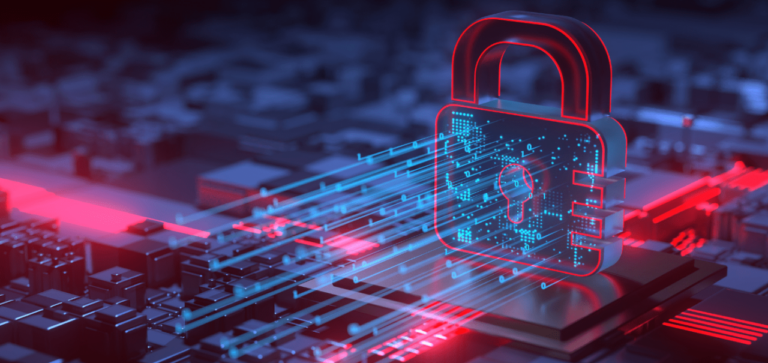In today’s interconnected world, cybersecurity has become more critical than ever. As businesses, governments, and individuals increasingly rely on digital platforms for communication, commerce, and daily operations, the need to protect this digital frontier has never been more urgent. But what exactly is cybersecurity, and why is it so vital?
What is Cybersecurity?
Cybersecurity refers to the practice of defending computers, servers, mobile devices, networks, and data from malicious attacks. It encompasses a range of technologies, processes, and practices designed to safeguard digital information from threats such as hacking, malware, phishing, and data breaches.
At its core, cybersecurity aims to ensure the confidentiality, integrity, and availability of information. These three principles, often referred to as the CIA triad, form the foundation of effective cybersecurity practices.
- Confidentiality ensures that sensitive information is accessible only to those authorized to view it.
- Integrity ensures that the data remains accurate and unaltered during transmission or storage.
- Availability ensures that authorized users have access to information and resources when needed.
The Growing Threat Landscape
As our reliance on digital technology grows, so too does the threat landscape. Cybercriminals are becoming increasingly sophisticated, employing a wide array of tactics to exploit vulnerabilities in systems and networks. Some of the most common cybersecurity threats include:
- Phishing: Phishing attacks involve cybercriminals posing as legitimate entities to deceive individuals into providing sensitive information, such as passwords or credit card numbers. These attacks are often carried out via email, with the attacker masquerading as a trusted organization.
- Ransomware: Ransomware is a type of malware that encrypts a victim’s files, rendering them inaccessible until a ransom is paid. This form of attack has seen a significant rise in recent years, targeting everything from small businesses to large corporations and even critical infrastructure.
- DDoS Attacks: Distributed Denial of Service (DDoS) attacks overwhelm a website or network with a flood of internet traffic, causing it to crash and become unavailable to users. These attacks can disrupt online services and lead to significant financial losses.
- Insider Threats: Not all threats come from external sources. Insider threats involve individuals within an organization, such as employees or contractors, who misuse their access to sensitive information for personal gain or malicious intent.
The Importance of Cybersecurity for Businesses
For businesses, the stakes in cybersecurity are particularly high. A successful cyberattack can lead to the loss of sensitive customer data, intellectual property, and even money. Beyond the immediate financial losses, the damage to a company’s reputation can be long-lasting, eroding customer trust and potentially leading to a loss of business.
To mitigate these risks, businesses must adopt a comprehensive approach to cybersecurity. This includes implementing robust security measures, such as firewalls, encryption, and multi-factor authentication, as well as regularly updating software and systems to patch vulnerabilities.
Additionally, employee training is crucial. Many cyberattacks, particularly phishing, succeed due to human error. By educating employees about the risks and teaching them how to recognize potential threats, businesses can significantly reduce their vulnerability to attacks.
The Role of Governments and Legislation
Governments play a vital role in cybersecurity by establishing regulations and standards that organizations must follow to protect sensitive information. For example, the General Data Protection Regulation (GDPR) in the European Union imposes strict requirements on how personal data is handled and protected, with severe penalties for non-compliance.
In addition to regulation, governments also invest in national cybersecurity strategies and initiatives to protect critical infrastructure, such as energy grids and financial systems, from cyber threats. Collaboration between the public and private sectors is essential to address the complex and evolving nature of these threats.
The Future of Cybersecurity
As technology continues to evolve, so too will the challenges of cybersecurity. The rise of the Internet of Things (IoT), artificial intelligence, and cloud computing introduces new vulnerabilities that cybercriminals can exploit. Staying ahead of these threats requires constant vigilance, innovation, and a proactive approach to security.
In the future, we can expect to see greater use of advanced technologies, such as AI and machine learning, to detect and respond to cyber threats in real time. Additionally, as the global nature of cybercrime becomes more apparent, international cooperation will be increasingly important in combating these threats.
Conclusion
Cybersecurity is no longer an optional consideration; it is a fundamental aspect of our digital lives. As cyber threats become more sophisticated and pervasive, the need to protect our digital assets and information is paramount. Whether you’re an individual, a business, or a government, understanding and implementing effective cybersecurity practices is essential to navigating the complex landscape of the digital age.
